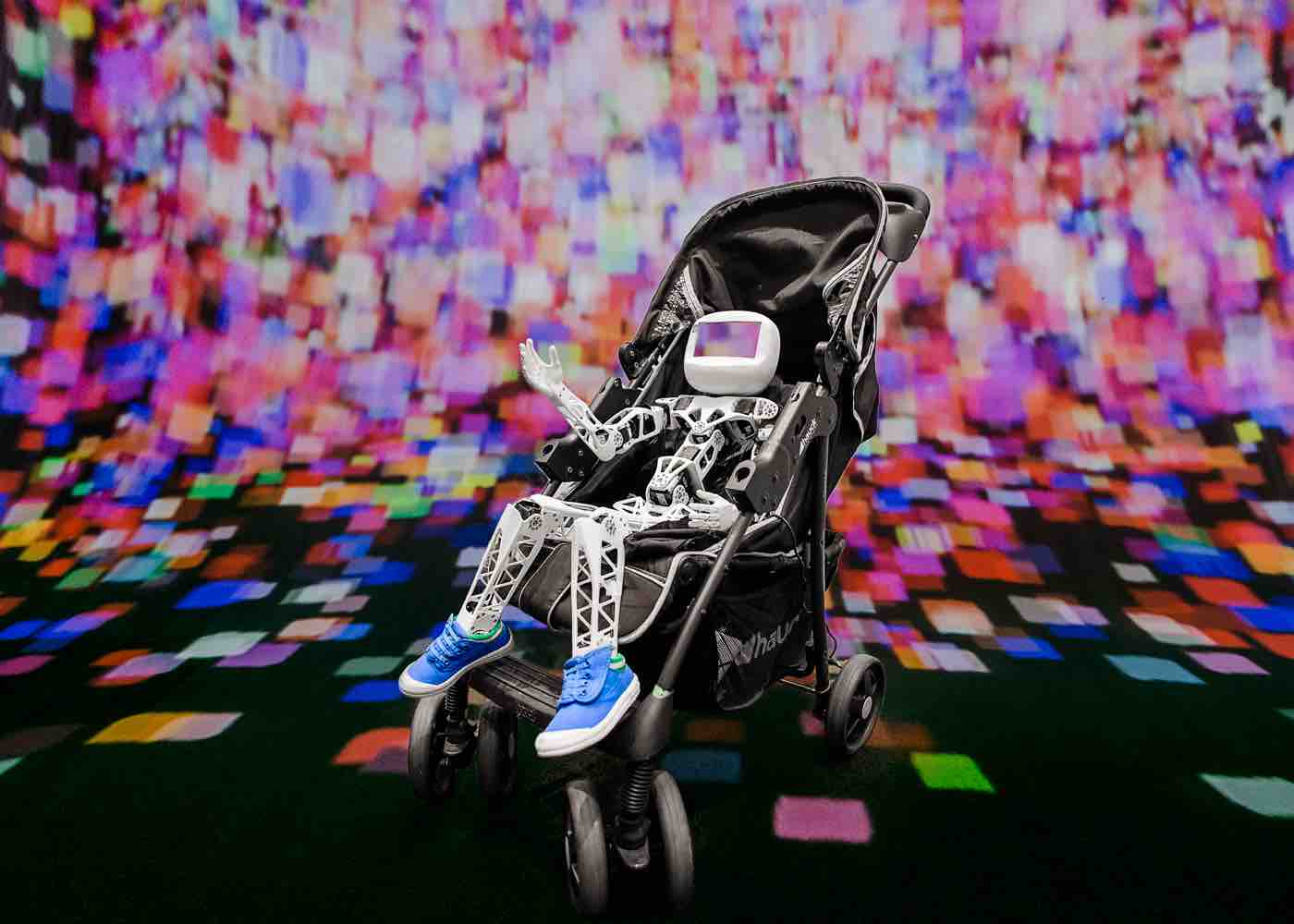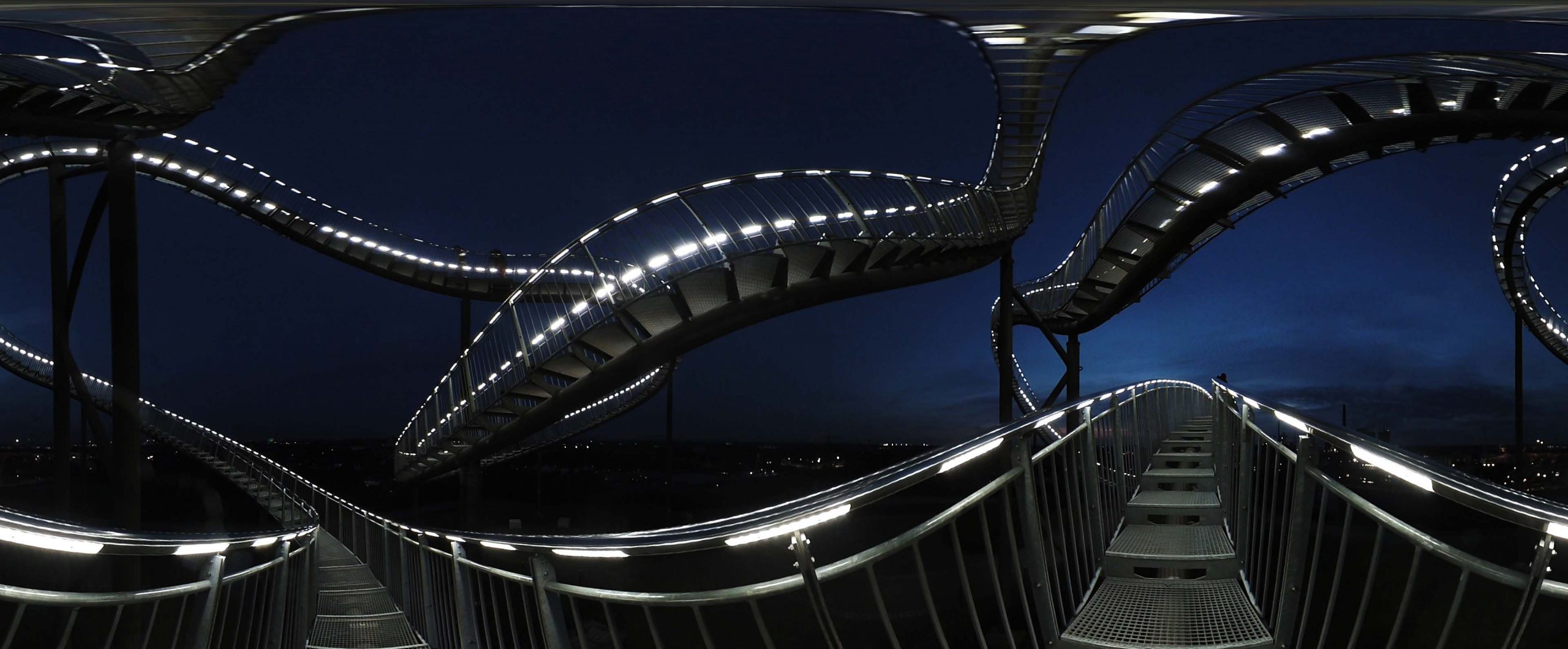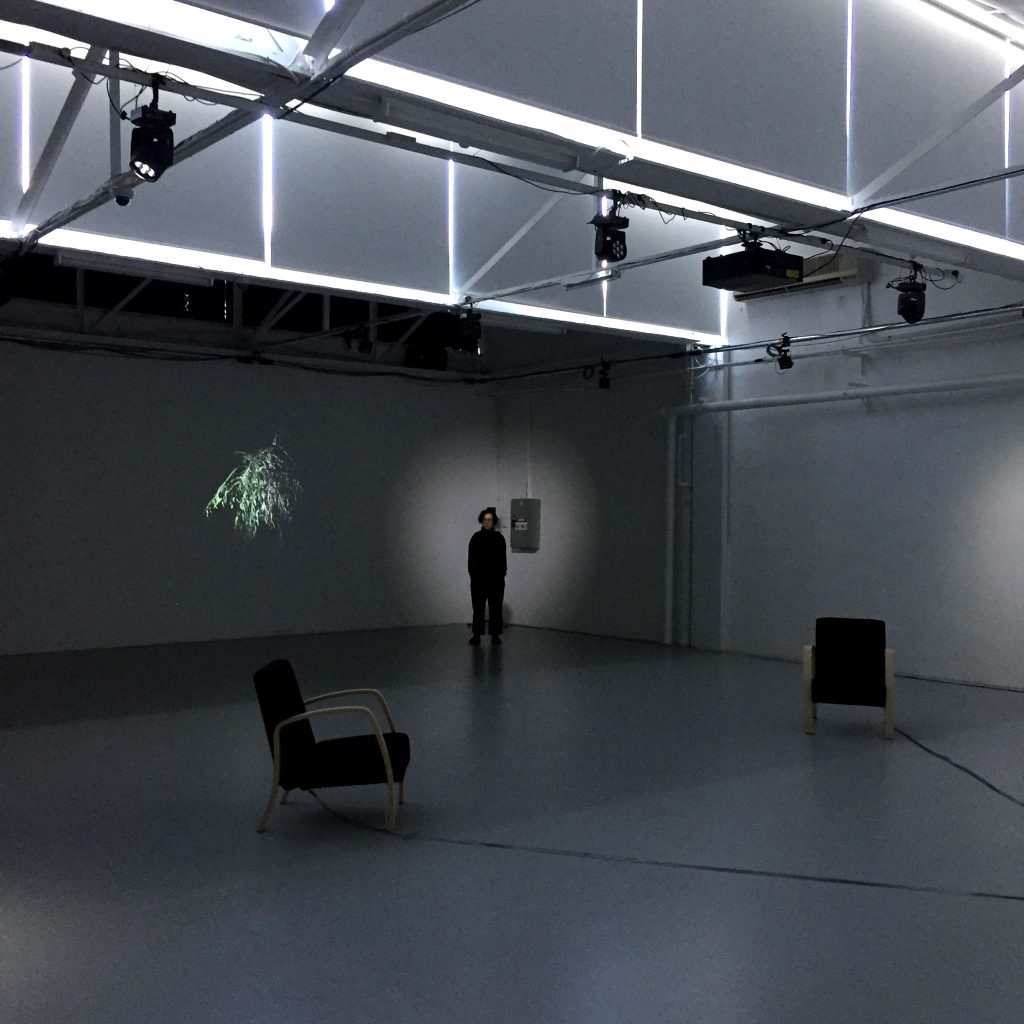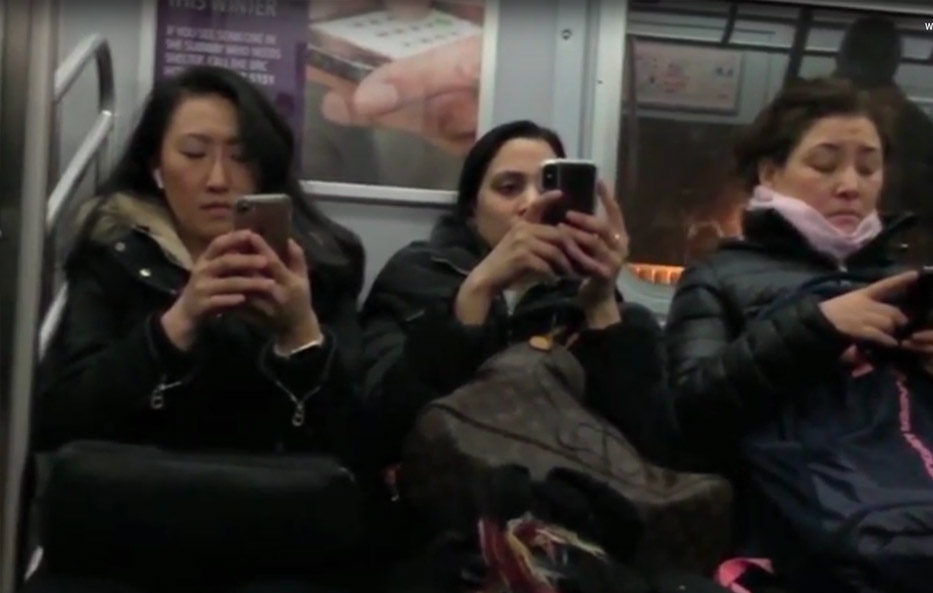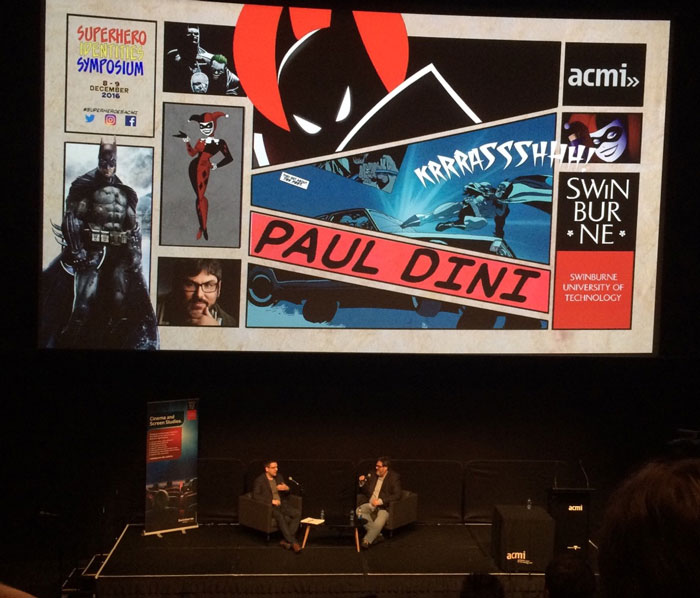
Eve of Dust
Eve of Dust is a collaborative performance and installation between a human and a robot. The artwork draws on both the possibilities and anxieties arising from the collaboration between humans and emerging intelligent systems personified in the robot.
Partners
Australia Council for the Arts
Investigators
John McCormick
Adam Nash (RMIT)
Steph Hutchison (QUT)
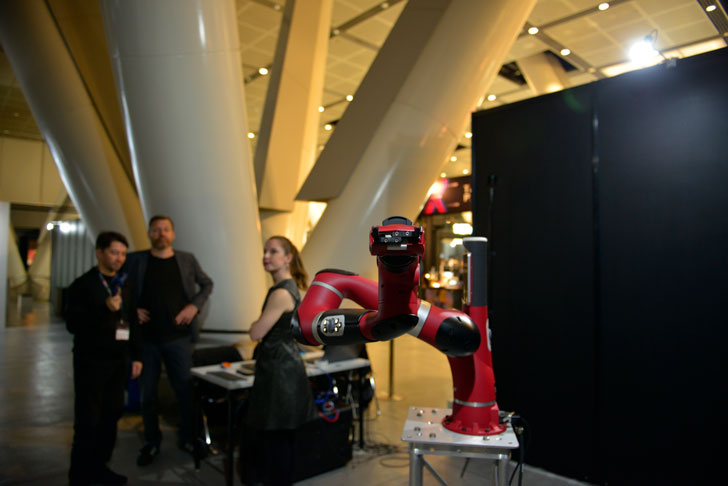
Eve of Dust is a collaborative performance and installation between a human and a robot. The artwork draws on both the possibilities and anxieties arising from the collaboration between humans and emerging intelligent systems personified in the robot. The artwork uses a Sawyer collaborative robot, an articulated 7-jointed robot arm that somewhat resembles a snake. The performance investigates the co-creative possibilites offered by collboration with non-human systems.
The work has two modes: performance mode and interactive mode. Performance mode is a collaborative duet between the robot and a professional dancer. Using a handheld VR controller to pick out points in space, the dancer is able to choreograph the robot’s movement in real time, in collaboration with the robot. The robot’s movements generate music in real time, with the rotation, position and motion of the robot determining pitch, rhythm, timbre etc. In this way, the dancer responds to and collaborates in both the robot’s movements and the generated music, creating a collaborative dance duet that is unique every performance.
In interactive mode, members of the public can play with the robot using a handheld VR controller to choreograph the robot’s movements which, as in performance mode, generates music in realtime. Inviting a playful interaction, people can collaborate with the robot to make a real time robot music and dance performance. People can respond to the robot movement and indeed will find it hard to remain passive in the unfolding duet that is unique to each person. Performed as part of Siggraph Asia 2018 at the Tokyo International Forum Japan. More information available at: http://www.wildsystem.net/eve_of_dust.html
Related Projects












